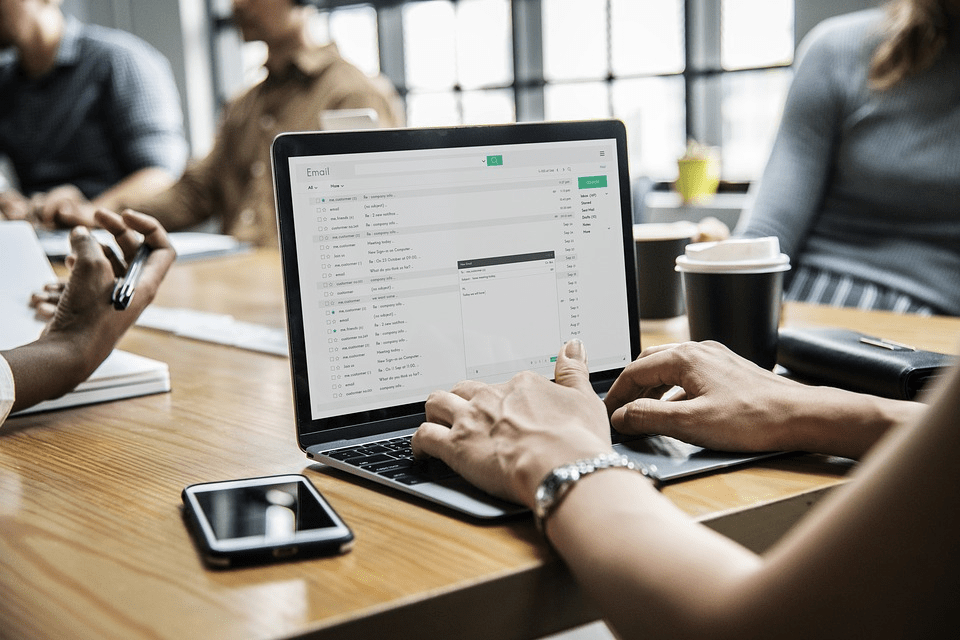Your email inbox is perhaps the most personal online space outside of Facebook. An email address is required for most online engagements, from setting up accounts to making online purchases, activating registrations, business communications and so much more.
The said information could be used for malicious activities such as corporate espionage or identity theft. Your email account requires walls of cybersecurity defence, but have you invested any attention in erecting them? If you haven’t, here are 5 ways to improve your email security for free.
Use a Strong Password:
Passwords? Everyone understands the need to use strong passwords for our important online accounts, but not a lot of us ever really got around to implementing it. Case in point, the most used password last year was ‘123456.’ Such passwords make email accounts just too easy to hack, leaving your private conversations and other sensitive data in your email account exposed. Use a strong password to protect your email account. Look up ways to generate strong, random and unique passwords online. Remember you should only use the same password once; repeating passwords severely weakens your defences. Top it off with a password manager so that you won’t have to remember them by heart.
Use two-factor authentication to improve your email security. It’s simple – just click a button and enable two-factor authentication, whether its Gmail, Outlook, Apple Mail, etc. By enabling two-factor authentication, also known as two-step verification, you are not putting all your faith in a password.
Use TLS Encryption:
Always use Transport Layer Security, or TLS, to encrypt your connection and verify the integrity of the servers you are using to access your email. You can also use TLS to encrypt the connection between your device and an email server as well as the connection between that particular email server and other email servers. Ensure that your emails are fetched over an encrypted channel when using external email clients such as Apple Mail, Thunderbird, Outlook, etc.
Encrypt With PGP:
PGP, short for Pretty Good Privacy, is a free software designed to help users encrypt their emails to reduce the risk of interception and being snooped on by hackers. Sometimes also referred to as GNU Privacy Guard (GPG), PGP encrypts the contents of your email in such a way that only the person the email is sent to can read it. PGP is one of the most effective ways to protect your email. It involves the use of free, third-party software but still very secure.
Be Cautious When Loading Images:
Newsletter providers use different strategies to track the reach and effectiveness of their efforts. For instance, these companies will include images in emails sent to their targets. When you open the email, the image from a remote server loads automatically. Sometimes, these images have a tracking code that can be used to redirect you to harmful sites. You can disable the tracking code by configuring your email provider not to load external images by default.
Beware of Attachments:
Be careful when opening attachments in your email. Attachments can be used to spread all sorts of password stealing malware. Commonly infected formats include doc, XLS, and PDF. Make sure that you only use the built-in tools from your webmail provider when opening these types of email attachments. Also, only open attachments from people you trust. Malware from email attachments, drive-by downloads, and infected software.
Such software will install all sorts of sniffers and keyloggers that grab your password as soon as you save it or as you are typing it. Deploy anti-malware software to keep your computer and passwords safe from hackers. This is extremely important for Windows users. Use aggressive malware scanners such as Windows Defender and third-party tools such as Avast, AVG, Norton, etc. to lower the possibility of being infected with password-stealing malware.
These 5 tips will help you improve your email security in just a click of the mouse. Most of us lean heavily on emails for work communications. Given the stakes, there’s no excuse to neglect the cybersecurity walls around our accounts.



